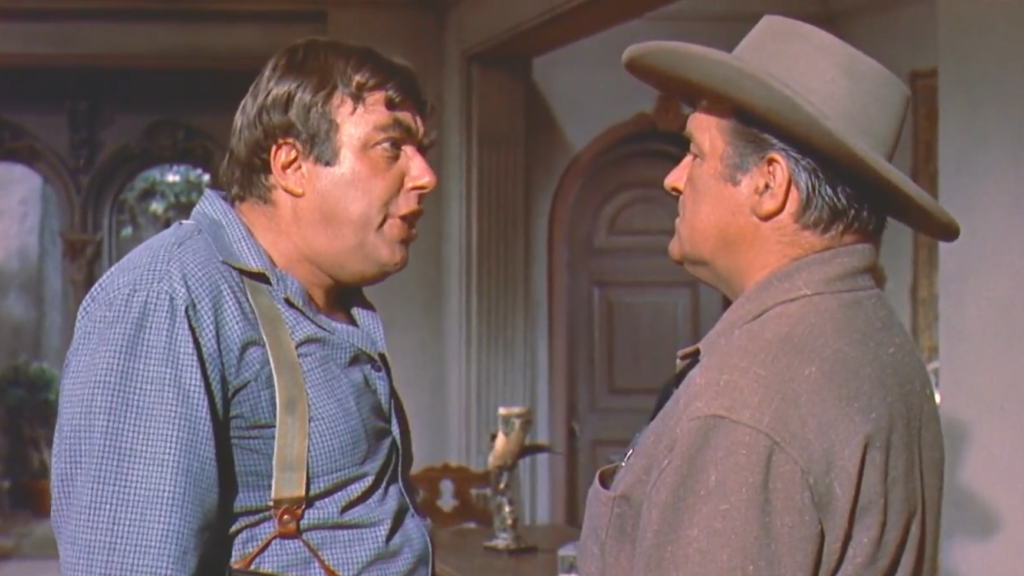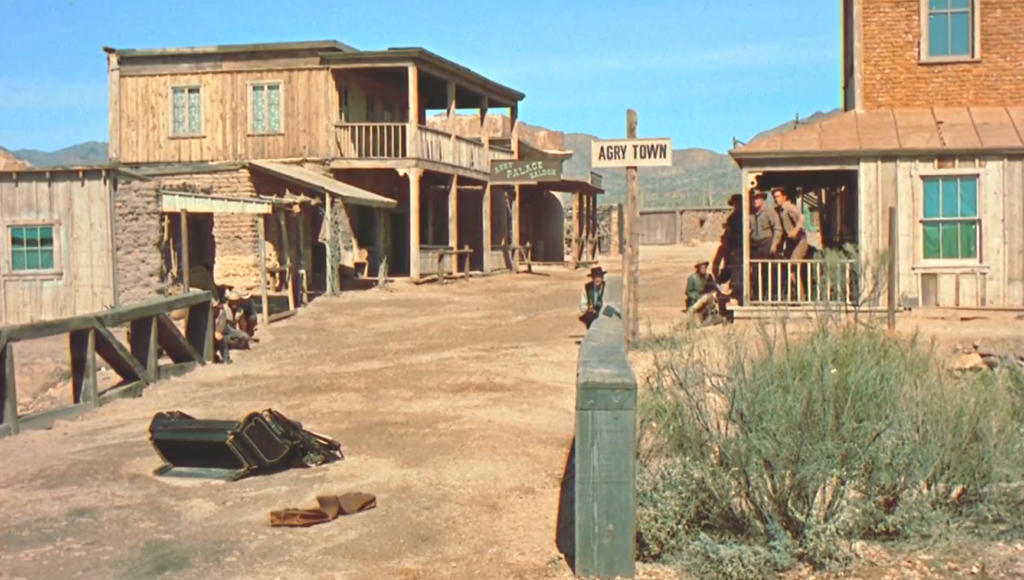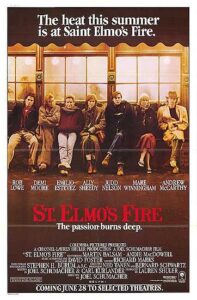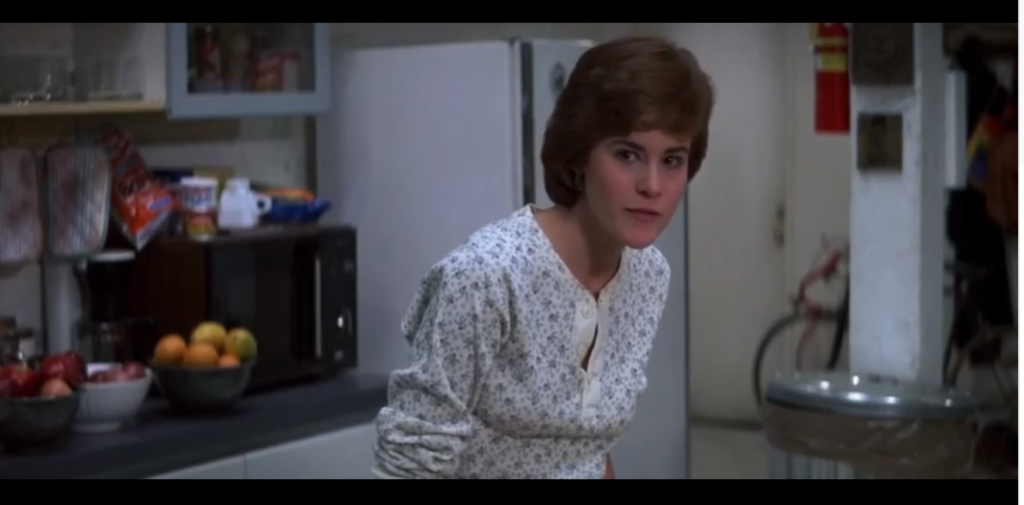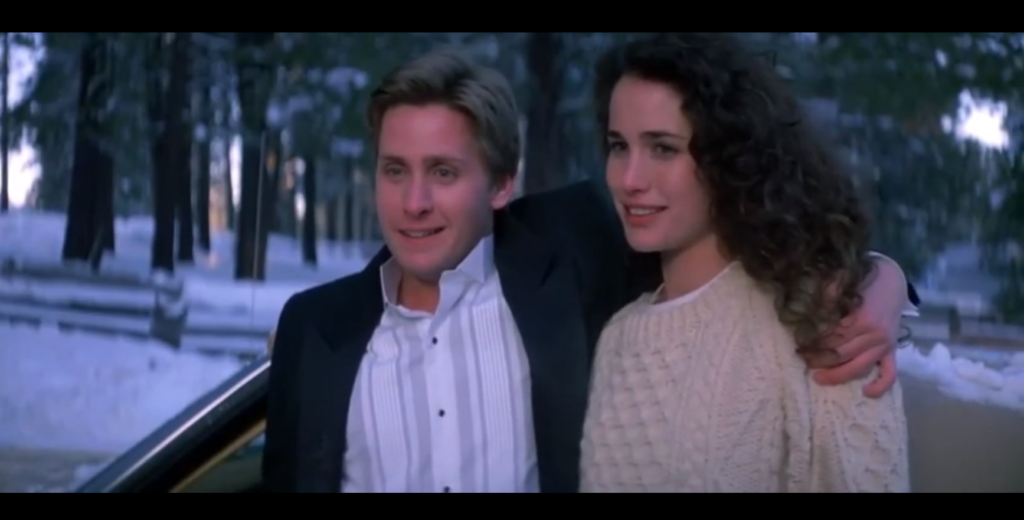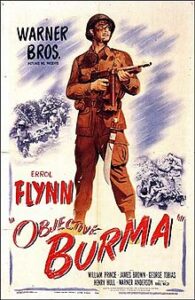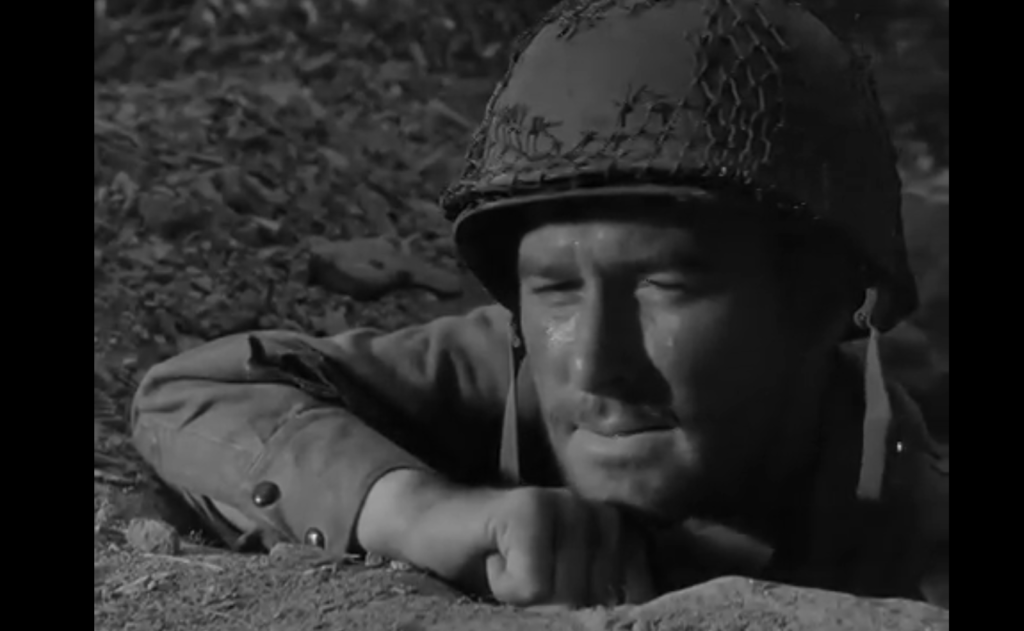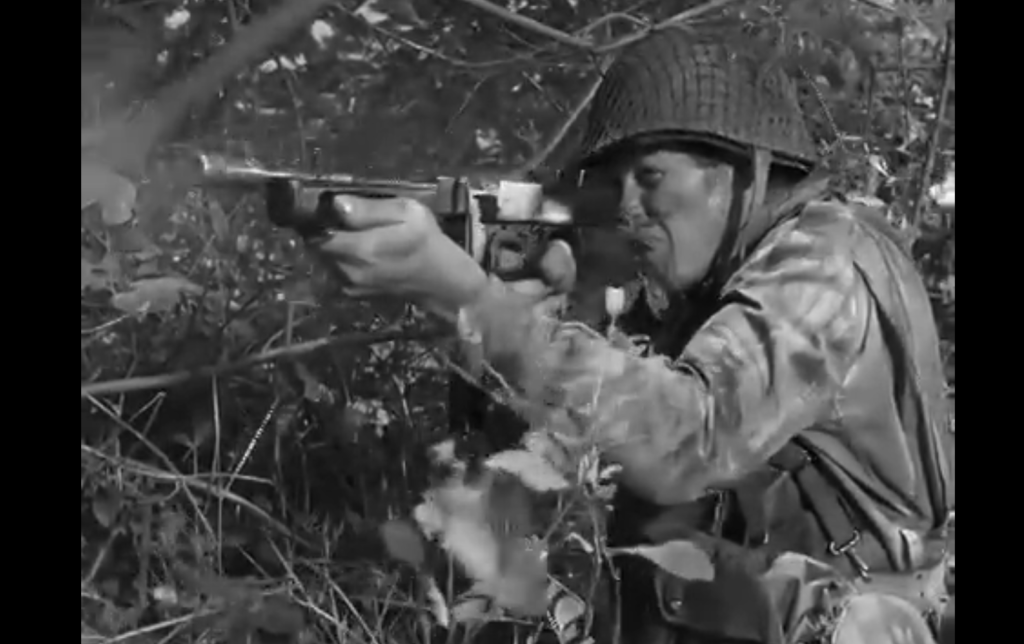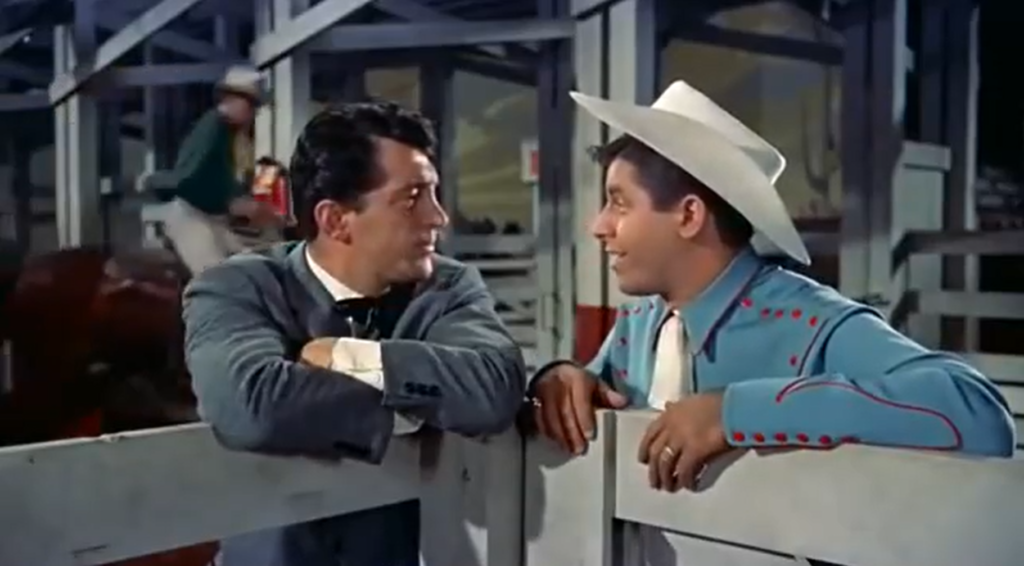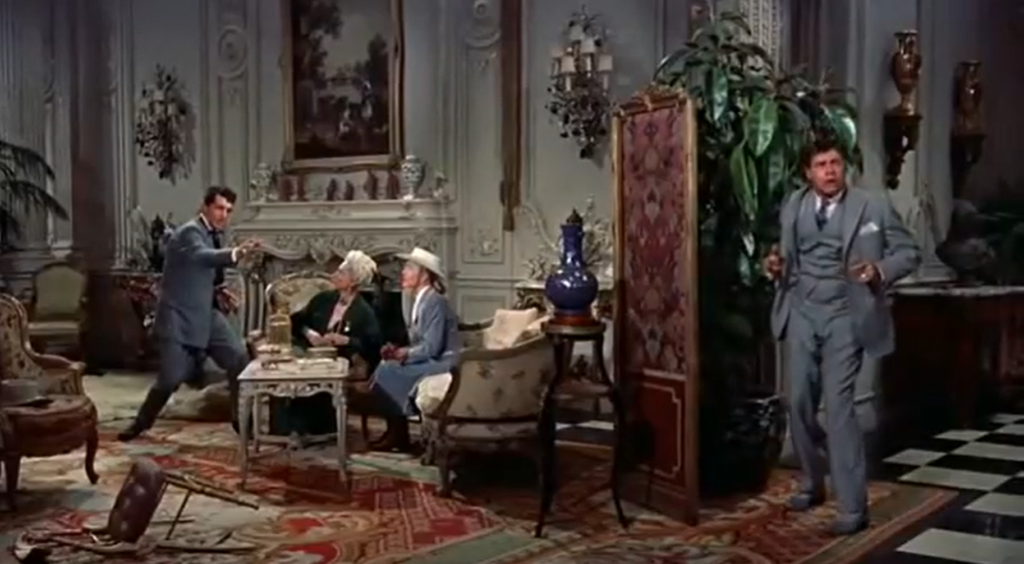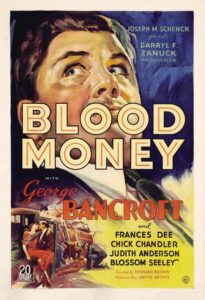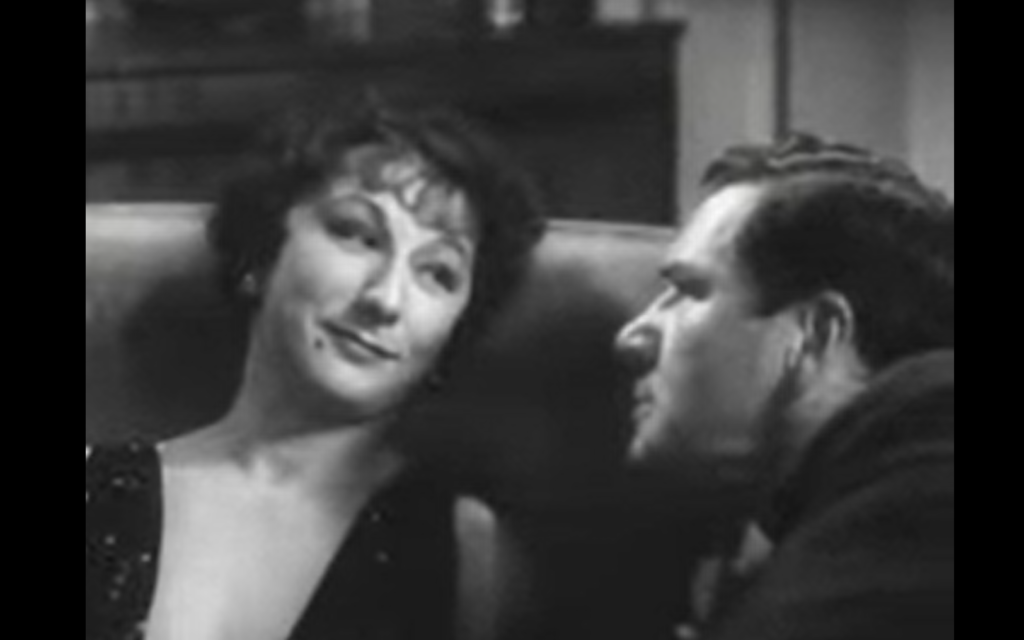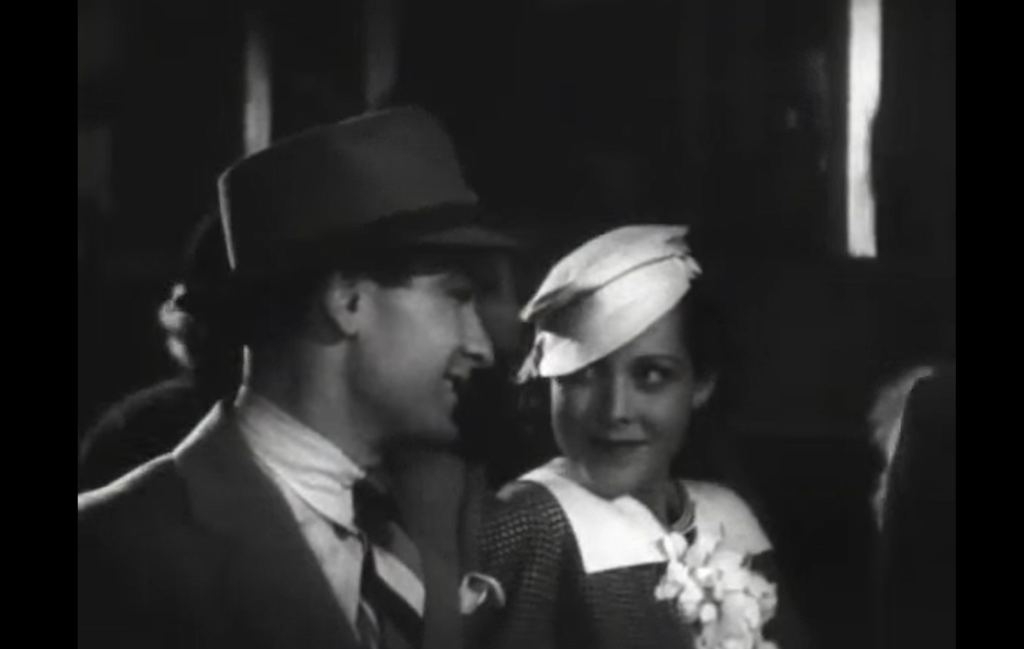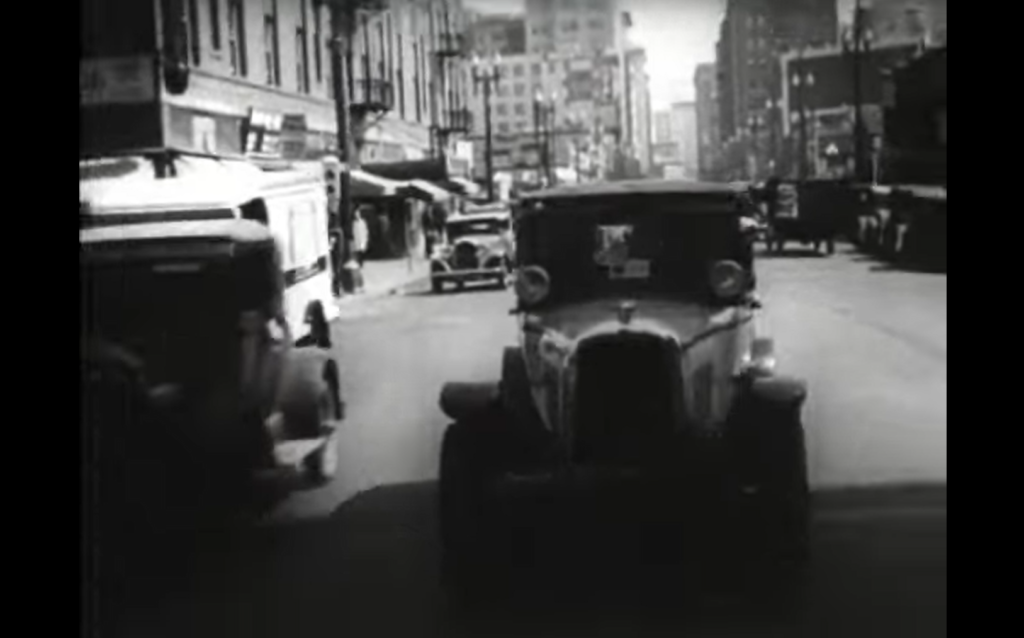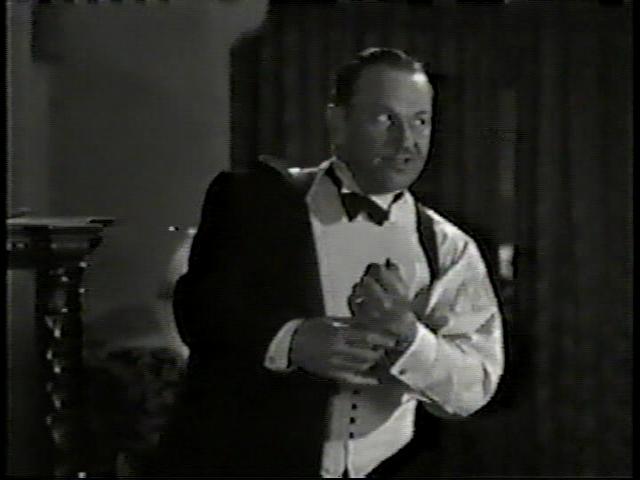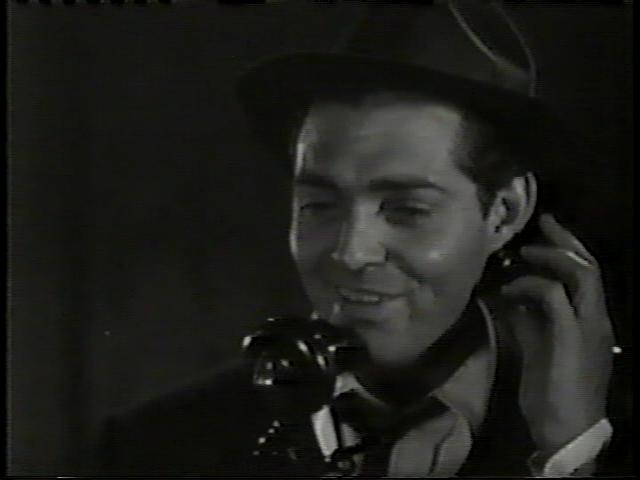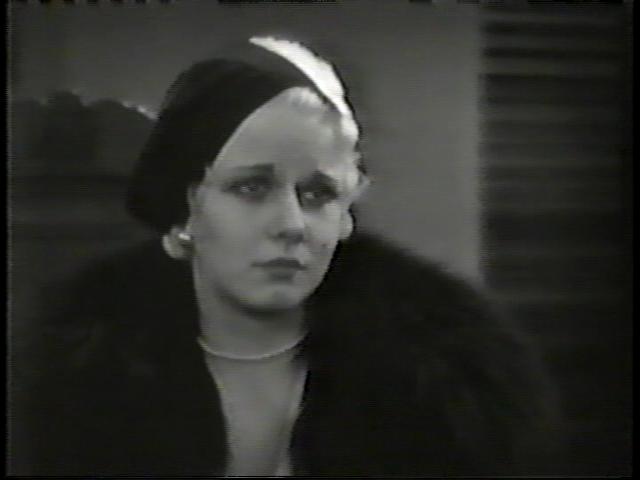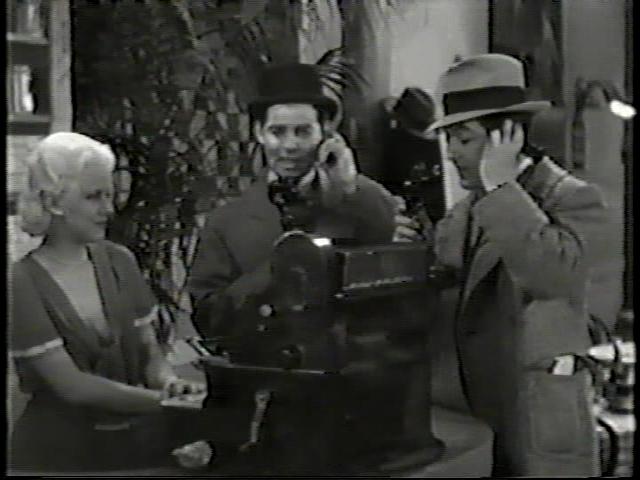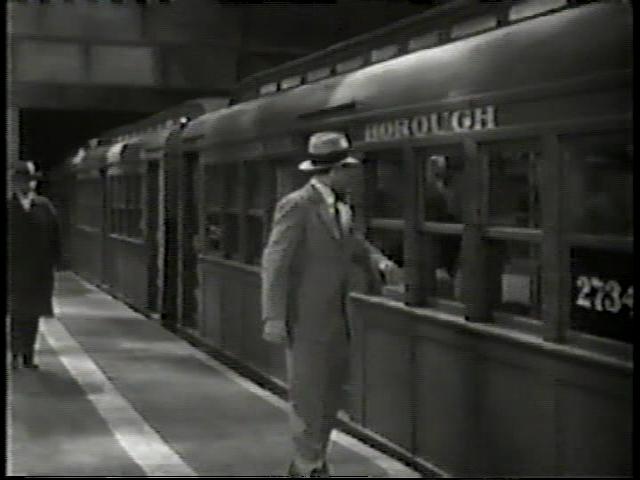|
Genres, Themes, Actors, and Directors:
- Errol Flynn Films
- Raoul Walsh Films
- Soldiers
- World War Two
Response to Peary’s Review:
Peary is appropriately laudatory of this Raoul Walsh-directed WWII action flick (released just six and a half months before the bombing of Hiroshima), in which “Flynn leads his command on a daring mission into the Burmese jungle to blow up a strategic Japanese radar station”, only to find that “rescue plans can’t land to get [them] out”, and thus “they must begin [a] long trek to [a] new rescue point, with vengeance-bent Japanese both on their heels and waiting in ambush all along the way.”
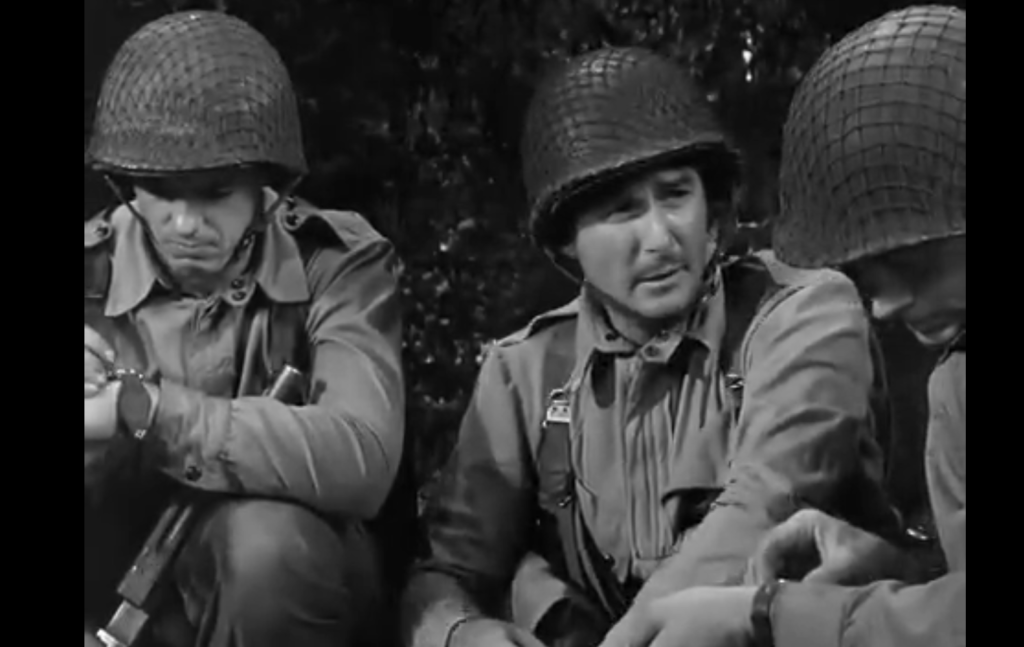
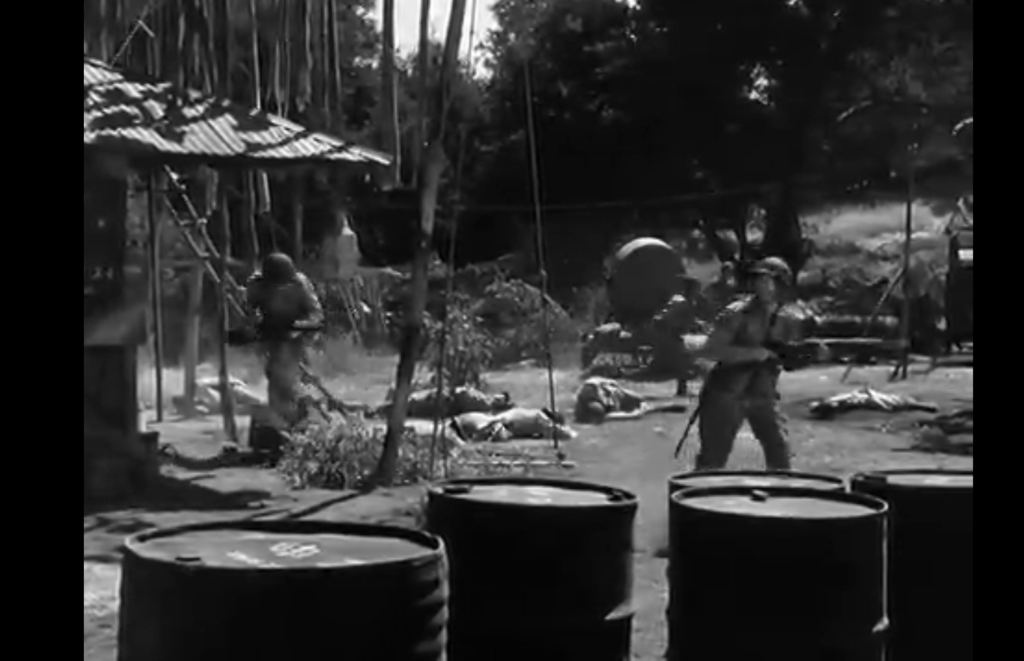
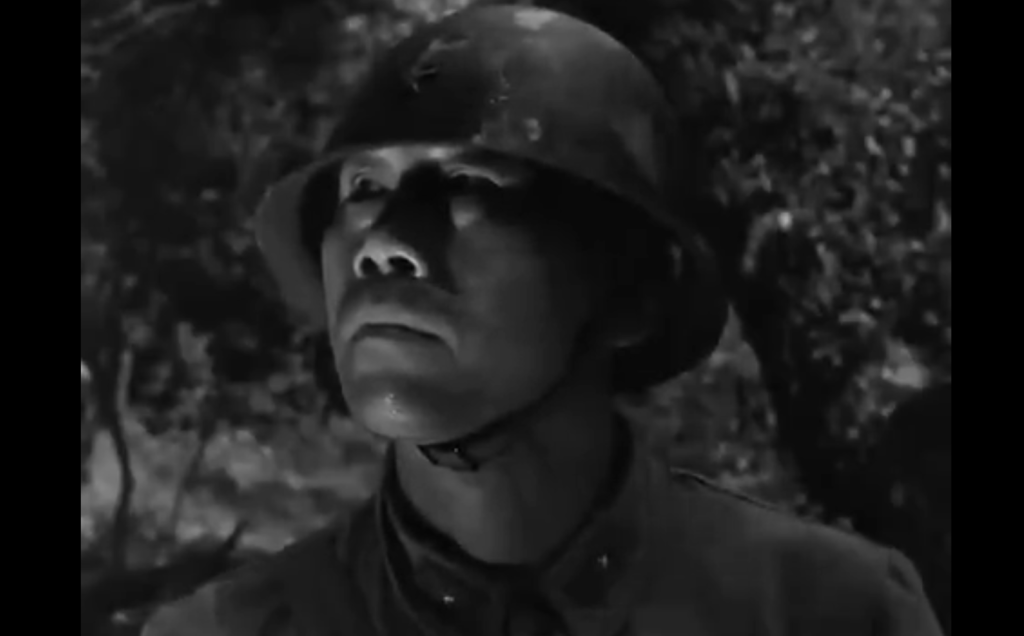
He accurately labels it “one of the best war movies”, despite being “among the grimmest, considering how many soldiers on both sides are killed, and the brutality of their deaths.” He calls out “the great pacing” — with “characters who always seem to be moving” — as “characteristic of director Raoul Walsh”:

… and notes that the film is “highlighted by powerful battle sequences, including a tense, climactic ‘night’ battle in which few survive.”
As Peary notes, the soldiers (each a unique individual):
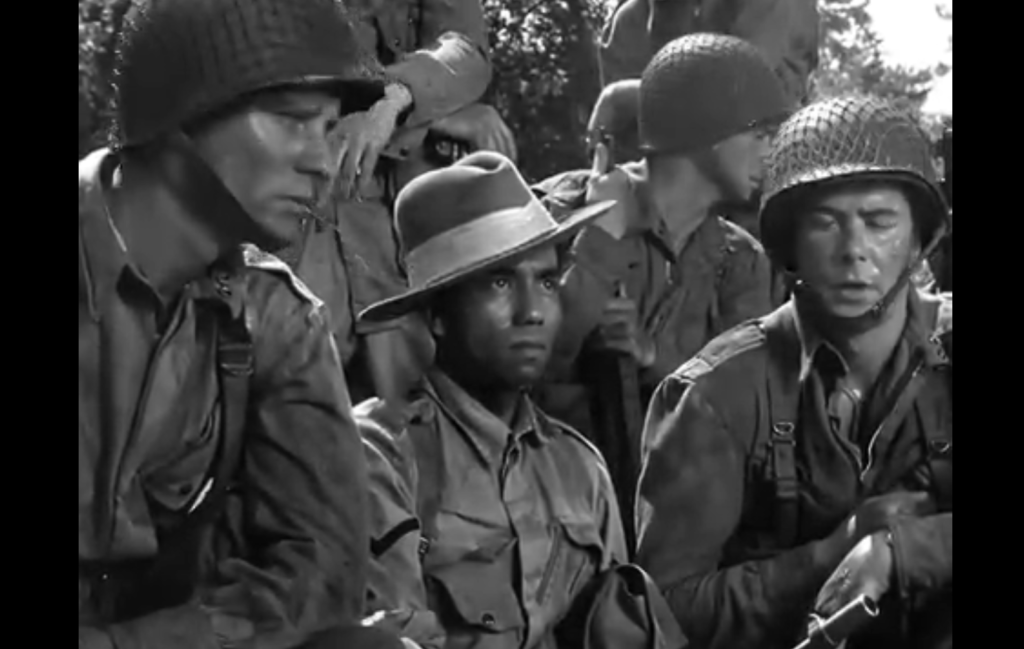
… show the utmost professionalism on the field (they’re remarkably “well prepared and efficient”), yet they also display very real emotions and fear, becoming “frustrated, scared, and los[ing] confidence as their numbers start to diminish and rescue looks hopeless.”
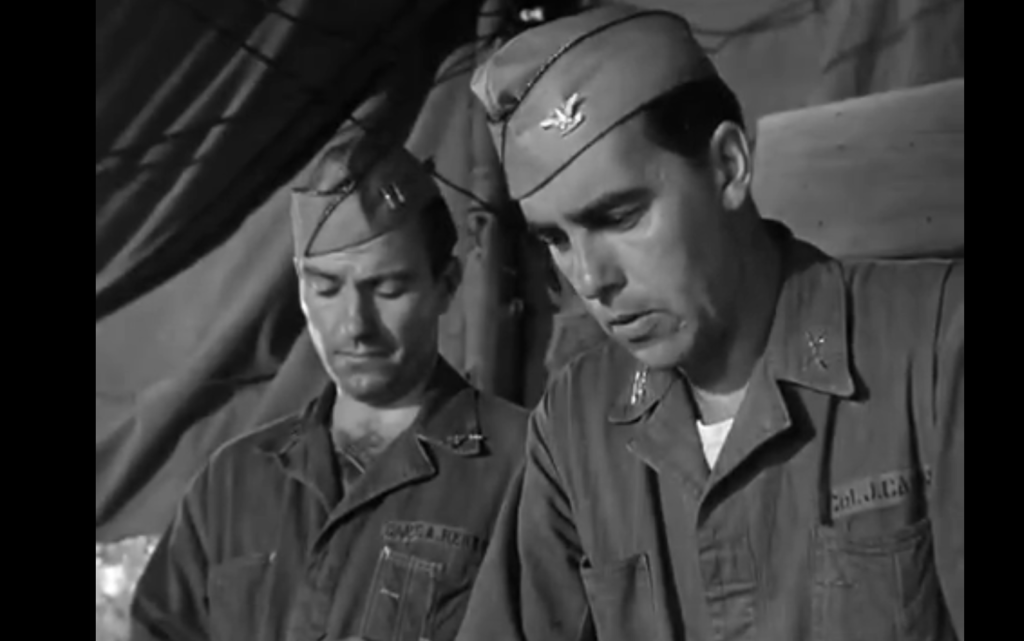
Flynn is especially admirable in the lead role (Peary refers to his performance as “unusually restrained” and “humble”):
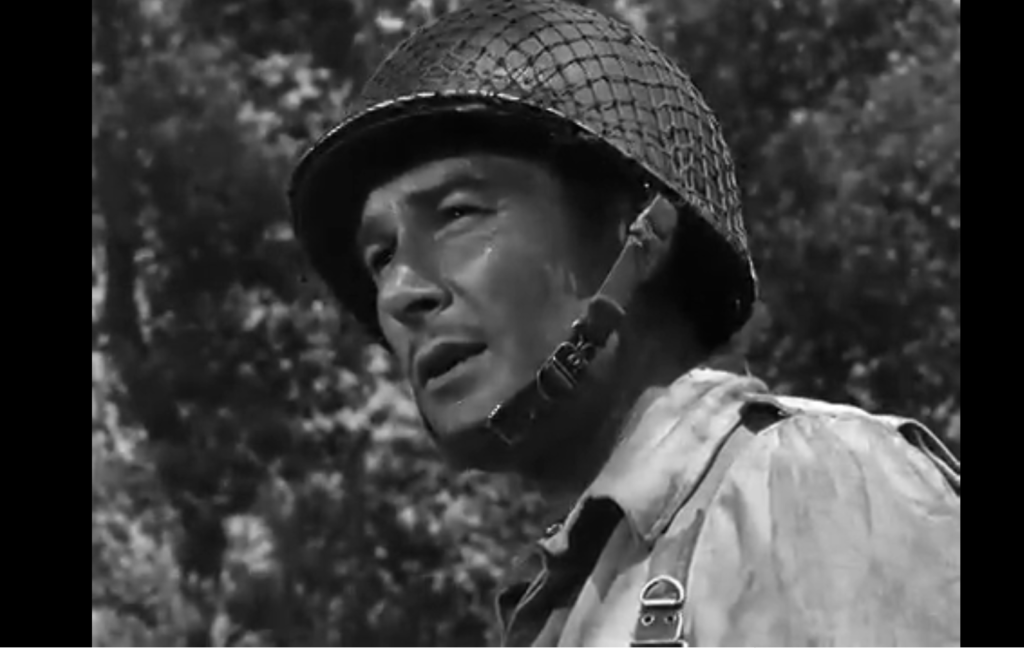
Less impressive is Henry Hull as an “aged war correspondent” a la Ernie Pyle, whose performance (in a role meant to simulate “our eyes” on the battlefield) comes across a tad heavy-handed.
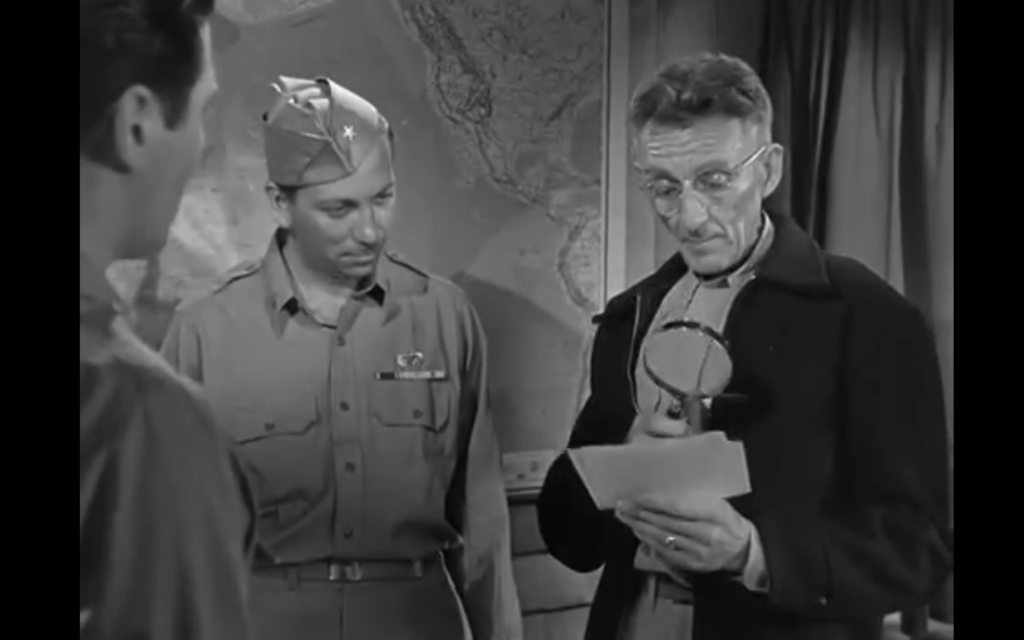
Regardless, it’s the non-stop action here that keeps us riveted — yet Peary forewarns us that it may be difficult for modern viewers to stomach the “racist propaganda” in the film, given that, as we “watch our soldiers ambushing Japanese soldiers”, it’s “like a shooting gallery”.
Note: According to Time Out’s Review, England was so upset about the film’s suggestion that Americans “won the Burma Campaign single-handled” that they prevented this film from future distribution in the country until 1952.
Redeeming Qualities and Moments:
Must See?
Yes; this one remains among the best WWII movies ever made.
Categories
- Controversial Film
- Historically Relevant
Links:
|



